Andertons Scoreboard: Studio Monitor Shootout – 5-inch Woofers
We get a lot of phone calls and emails asking us what we think about certain studio monitors and which ones we’d recommend, so we decided to put our thoughts into a guide to help you understand the differences between some of the most popular studio monitors we have in-store. If you can’t make it into the store yourself then you can’t hear the monitors for yourself, so this is the next best thing!
We invited staff down to the Monitor Room to listen to some of their favourite tracks on a range of different 5-inch monitors within a comparable price range to see which they thought came out on top. The staff here at Andertons have extensive experience hearing these monitors in-use day in, day out. A lot of us are involved in music production and own a pair featured.
For our comparisons, we used the same metrics to compare each monitor, including high, mid and low-end frequency response, along with the overall sound quality.
We also compared the connectivity capabilities – some monitors offer aux inputs, balanced inputs, unbalanced outputs… it’s worth considering which option you’ll have access to. Controllability is another factor we considered, some monitors feature simple EQ switches, other offer more sophisticated digital processing and an LED screen.
We’ve got a wide range of Studio Monitor Bundles on offer here at Andertons, including stands, cables and everything you’ll need to get started today!
We also decided to compare more monitors in our 7-inch studio monitor shootout, click here to check that out!



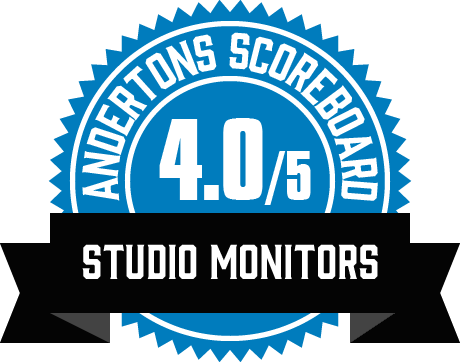

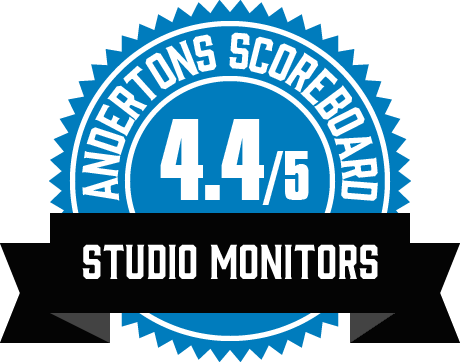
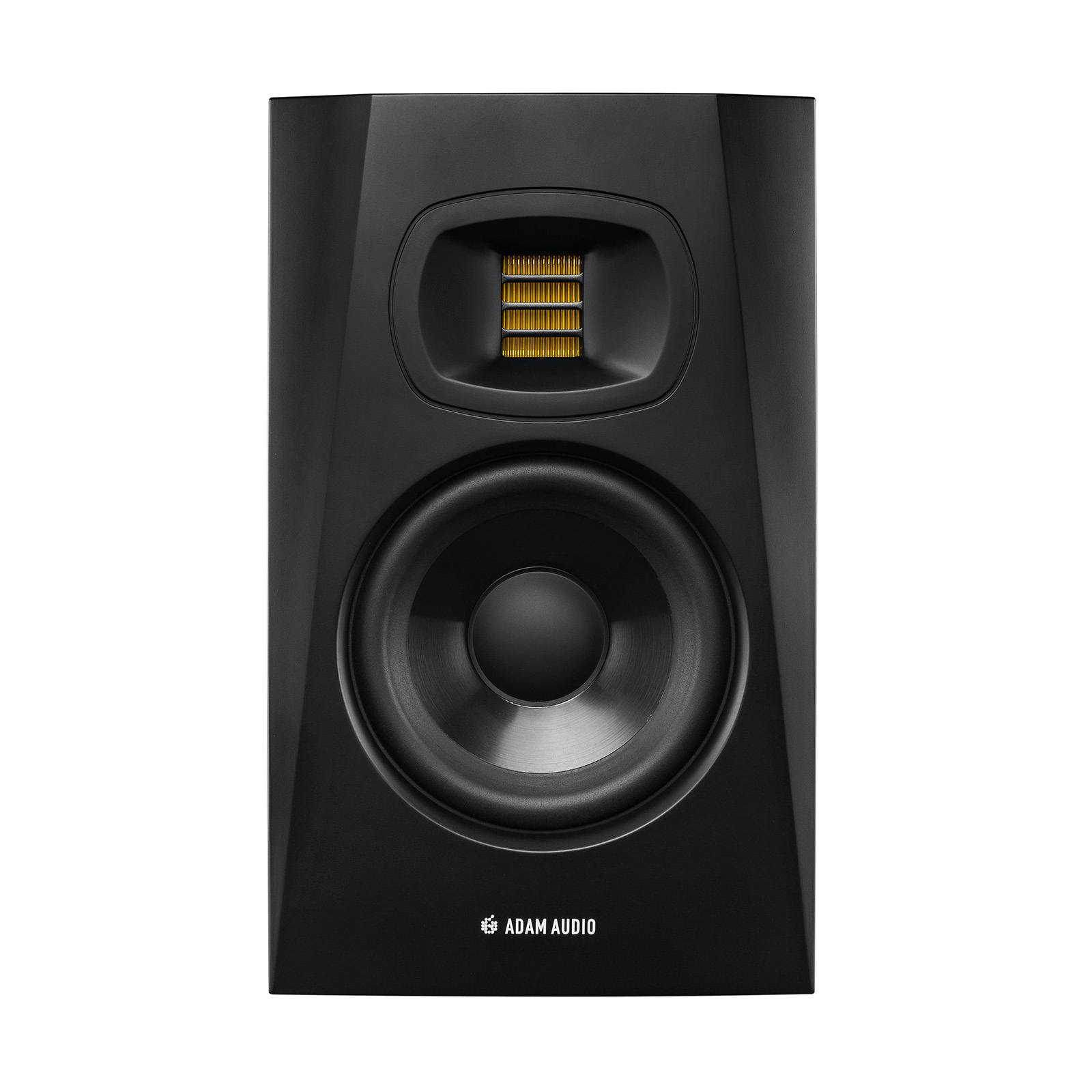
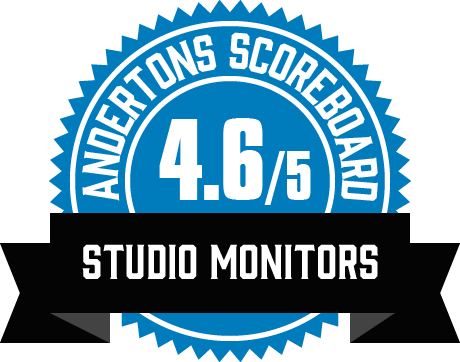

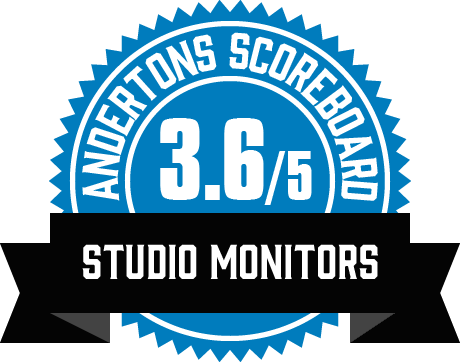
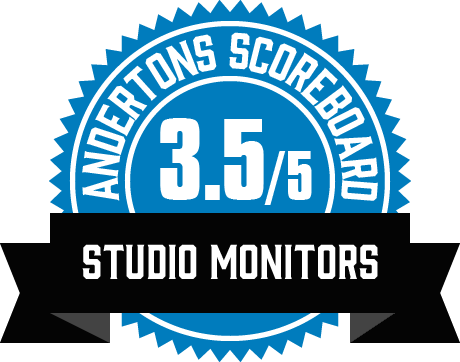
Responses & Questions